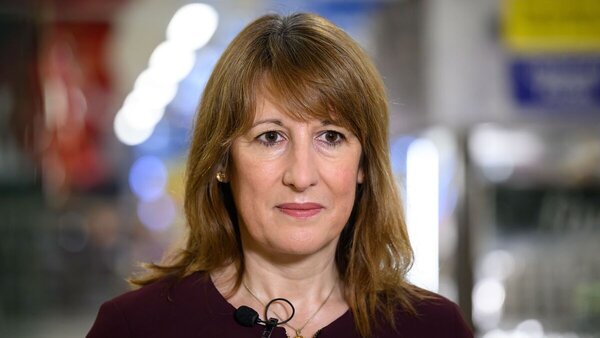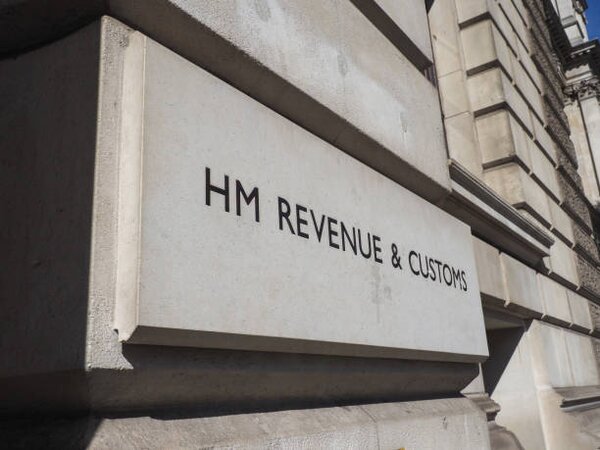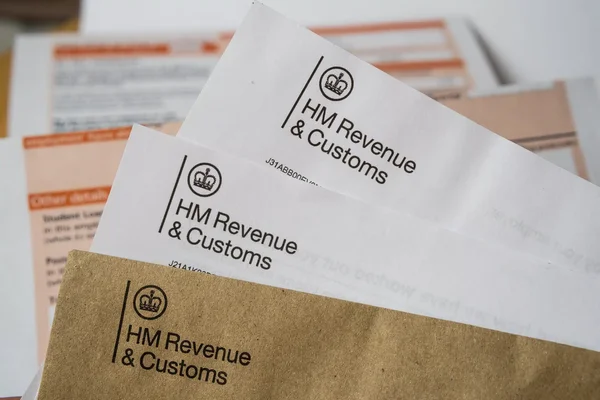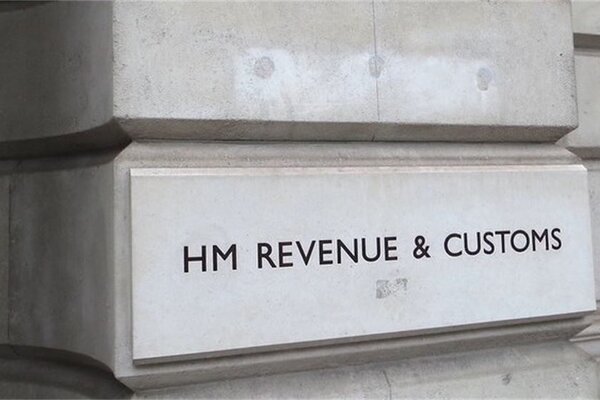Let’s Break This Down Together...
Corporation tax can feel like a maze. It’s tricky to know where to start or what HMRC really expects.
This article walks you through the full process, from accounting profit and allowable expenses to reliefs and rates. We’ll also cover common mistakes and how to avoid them.
By the end, you’ll know exactly how to approach your company’s tax with more confidence and less stress. Let’s dive in.
Cracking Corporation Tax: What It Is and How It Works
Corporation tax calculation might seem complex, but it follows a clear process based on your company profits. The calculation starts with accounting profit, which is then adjusted for tax purposes. Small business corporation tax applies specifically to limited companies, while sole traders do not pay corporation tax and instead pay income tax on their business profits.
Understanding allowable expenses, capital allowances, and applicable reliefs is essential for accurate calculations. Rates have changed significantly in recent years, making it vital to stay current with the latest regulations. Corporation tax is the tax companies pay on their profits. Unlike income tax for individuals, it’s charged on both trading profits and investment income.
All limited companies must pay corporation tax if they make a profit. This includes small businesses operating as limited companies, as well as foreign companies with a UK branch or office. The current corporation tax rates are 25% for profits over £250,000 (the main rate), with a small profits rate of 19% for profits under £50,000.
Why Your Accounting Period Matters More Than You Think
Understanding your accounting period is fundamental when you calculate corporation tax. The accounting period, often called the financial year, is the 12-month timeframe for which your company prepares its financial statements and reports its profits. Limited companies must pay corporation tax on profits earned during this period, and the accounting period determines exactly when your corporation tax bill is due.
When you register your company with Companies House, you set your financial year end date. This date is crucial because it marks the end of your accounting period and sets the timeline for calculating your corporation tax liability. For example, if your company’s financial year ends on 31 May 2024, you’ll need to pay corporation tax 9 months and 1 day after that date.
Keeping track of your accounting period ensures you pay corporation tax on time and avoid penalties, making it an essential part of your company’s tax responsibilities.

Calculating Sales
Calculating sales is a key step in working out your corporation tax bill. To do this, you’ll need to prepare a profit and loss account that adds up all the sales income your business has generated during the accounting period. This includes not only the money received from selling goods or services, but also any interest earned, such as from a business savings account.
For example, if your consulting business brings in £120,000 in sales and earns £100 in interest, your total income for the period is £120,100. This total income figure is the starting point for calculating your profit, which is then used to determine your corporation tax liability. Accurately calculating sales ensures you pay the correct amount of corporation tax and stay compliant with HMRC requirements.
How is Corporation Tax Calculated in the UK?
Start with your company’s accounting profit from your financial statements when calculating corporation tax. This is your profit before tax as shown in your accounts.
Next, make tax adjustments by adding back disallowable expenses like client entertainment and deducting tax-exempt income. These adjustments are made to arrive at your taxable profits, which is the figure used to determine your corporation tax liability.
Apply capital allowances for business assets instead of the depreciation shown in your accounts. Deduct any available losses from previous accounting periods and apply relevant tax reliefs.
Finally, apply the appropriate corporation tax rate to your adjusted profit to calculate your tax liability.

Understanding Your Accounting Profit
Your accounting profit, often referred to as net profit, is the starting point for tax calculations. Net profit is calculated by deducting expenses from total income before further tax adjustments, and it’s the figure shown as “profit before tax” in your financial statements.
This profit includes all your trading income, investment returns, and capital gains. It follows generally accepted accounting principles (GAAP) or International Financial Reporting Standards (IFRS).
Remember, this figure isn’t your taxable profit yet, several adjustments are needed first.
Key Tax Adjustments to Accounting Profit
Add back expenses that aren’t tax-deductible. These include client entertainment, client entertaining costs, and business lunches, as well as fines, penalties, and some legal costs. Entertaining clients, such as through business lunches, is not tax deductible and must be added back to the accounts total when calculating the profit value for corporation tax purposes.
Remove depreciation and amortisation charges, as these are replaced by capital allowances for tax purposes.Deduct income that’s not taxable, such as dividends received from UK companies.
Account for timing differences where income or expenses are recognised in different periods for tax and accounting.
Business Expenses and Allowable Expenses
Business expenses play a crucial role in calculating your corporation tax bill. Allowable expenses are costs that are incurred wholly and exclusively for business use, and these can be deducted from your trading income to arrive at your taxable profit. Common examples of allowable expenses include accounting fees, cost of sales, staff salaries, insurance, travel, and office supplies.
It’s important to remember that expenses with any element of personal use cannot be claimed as allowable deductions. Only costs that are strictly for business purposes will reduce your corporation tax liability. By claiming all allowable expenses, your business ensures it doesn’t pay more tax than necessary. Understanding which expenses qualify as allowable is key to keeping your corporation tax bill as low as possible.

Capital Allowances and Tax Reliefs
Capital allowances apply to capital assets and fixed assets, such as plant equipment and capital equipment. They let you deduct the cost of these assets from your profits before tax. Capital asset purchases, including money spent on equipment, machinery, and other fixed assets, are treated as capital expenditure and qualify for capital allowances.
The Annual Investment Allowance (AIA) offers 100% tax relief on qualifying plant and machinery, including plant equipment and capital equipment, up to £1,000,000. Research and Development (R&D) tax relief can provide additional deductions for qualifying R&D spending.
The Patent Box allows a reduced 10% tax rate on profits from patented inventions. Creative industry tax reliefs offer extra deductions for film, TV, video games and other creative sectors.
Calculating Your Final Corporation Tax Liability
Once you’ve made all adjustments and applied reliefs, you’ll have your taxable profit figure, also known as the profit value. The rate of corporation tax is then applied to your annual profits to determine your tax liability.
Apply the correct tax rate: the main rate of corporation tax is 25% for profits over £250,000, while the small profit rate is 19% for profits under £50,000. For profits between £50,000 and £250,000, marginal relief applies, resulting in a gradual increase in the effective tax rate from 19% up to 25%.
Deduct any tax credits, such as foreign tax paid on overseas income. The resulting figure is your corporation tax liability for the accounting period.
Using a Corporation Tax Calculator
A corporation tax calculator is a valuable tool for businesses looking to simplify the process of calculating their corporation tax bill. By entering your company’s profit, capital allowances, and other relevant figures, the calculator quickly determines your corporation tax liability. This helps you understand exactly how much corporation tax you need to pay and when the payment is due.
For instance, if your company has a profit of £100,000 and claims £10,000 in capital allowances, a corporation tax calculator will apply the correct corporation tax rate 19% for small profits or 25% for profits over £250,000 and provide an accurate calculation of your corporation tax bill. Using a corporation tax calculator ensures you pay the right amount, avoid late payment penalties, and stay on top of your company’s tax obligations.

Payment and Filing Requirements
Corporation tax must be paid within nine months of the end of your accounting period. This tax is paid annually based on your company's accounting period. Pay your corporation tax 9 months and 1 day after your accounting period ends.
File your Company Tax Return (CT600) within 12 months of the end of your accounting period. Large companies (with profits exceeding £1.5 million) must pay in quarterly instalments.
All returns must be filed electronically through HMRC’s online services. Keep records of your calculations and supporting documents for at least 6 years.
Common Calculation Mistakes
I once advised a tech startup that had forgotten to claim R&D relief, costing them nearly £15,000 in overpaid tax. This mistake is surprisingly common among growing businesses, and highlights the company's responsibility to accurately calculate and pay tax on the profits the company makes.
Misclassifying capital and revenue expenditure is another frequent error. Many businesses fail to distinguish between improvements (capital) and repairs (revenue), which can result in underpaying or overpaying taxes. It's crucial to understand how much tax your business makes and needs to pay.
Overlooking available reliefs can significantly increase your tax bill. Always review the full range of reliefs applicable to your business, and remember that the company's profits what the company makes after expenses determine your corporation tax liability.
Timing errors often occur when recognising income and expenses. Ensure you’re following the correct accounting principles for tax purposes. To avoid these common mistakes and ensure all taxes are correctly calculated and paid, always seek professional advice from a qualified accountant.
Final Thoughts
Corporation tax calculation requires attention to detail and knowledge of current tax rules. Understanding which expenses are allowable and which reliefs apply to your business can save significant amounts.
Regular tax planning throughout the year, not just at year-end, helps identify opportunities to manage your tax position legally.
Professional advice is valuable, especially for complex business structures or international operations.











